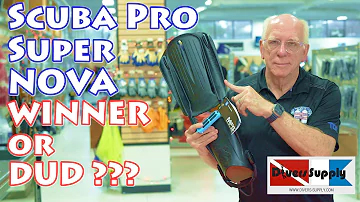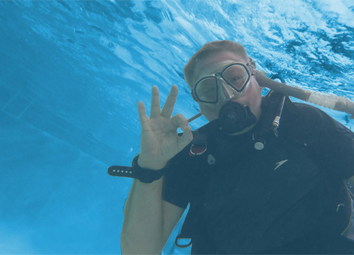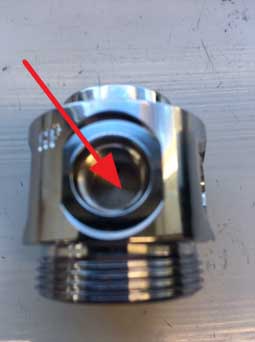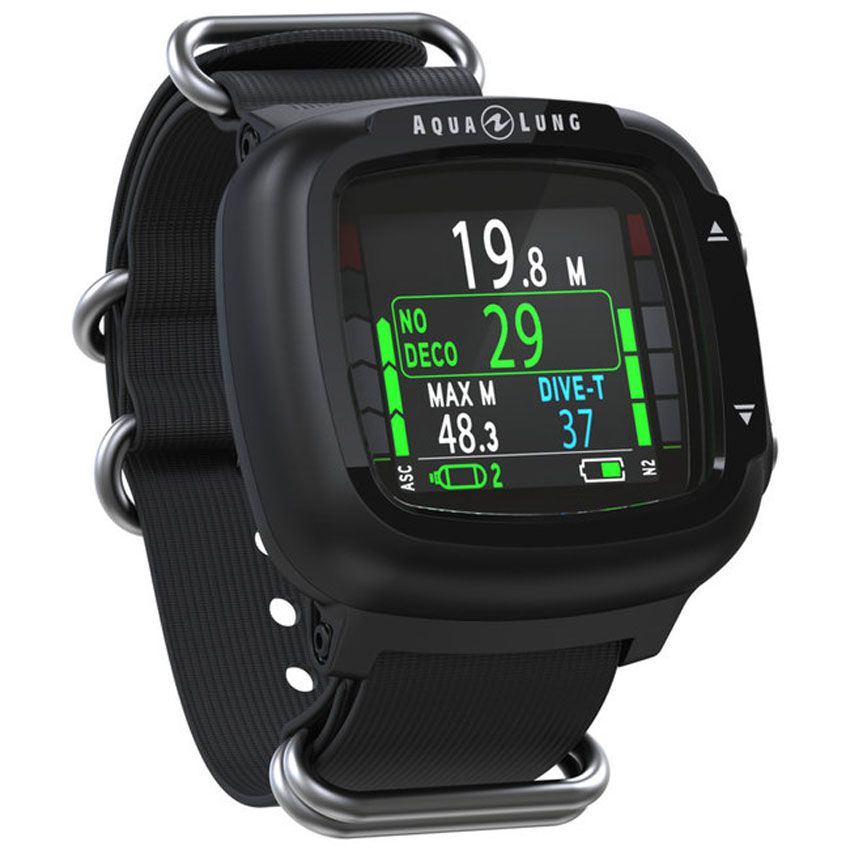We use cookies to enhance your experience on our website. By clicking “I Agree,” you consent to our use of cookies in accordance with our Privacy Policy. If you choose not to allow cookies on our website, some of the website’s functions may not be available to you. Learn more.
What Is the Best Dive Light for You?
A light can play a very important role in diving. While not always needed, they can provide illumination at night and even during the day. Many divers use dive lights to look for underwater life in the cracks and crevices of coral reefs. For more advanced diving, such as Wreck or Cavern diving, dive lights are a must.
Types of Lights
 |
Primary Lights are lights with a wide beam angle that have sufficient power and burn time to get you through your dive. |
 |
Backup Lights are usually smaller lights that fit into your pocket and can be used to safley get you throughthe dive in the case of your primary light should fail. |
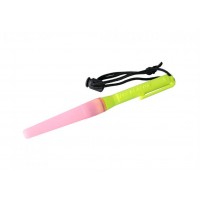 |
Marker Lights are used to mark the diver in the water and can be as simple as a chemical light stick. |
Bulb Technology
Tungsten, halogen, HID, LED – Bulb types are changing rapidly, allowing lights to create more light with less power. Tungsten and halogen bulbed lights cost less, but are not as bright and use more batteries. HIDs and LEDs are the cutting edge – a 10 watt HID puts out the same light as a 50 watt halogen yet requires only 20% of the power. LEDs are even more efficient and much more durable. Plus the LED and HID colors are absorbed less than in water so they appear even brighter underwater.
Depth Ratings
Before deciding which dive light to purchase, take your diving habits into consideration. Are you a deep diver (more than 100 feet) or do you stay in the recreational diving range (0-99 feet)? If you choose a dive light that is not depth rated for your desired dive depth, you may find yourself in a very bad situation. Lights that are taken to depths that are greater than their approved rating face leaks, break- age, and other malfunctions.
Batteries
The latest lights use AAs and other common sizes and accept both rechargeable or disposable batteries. This means that even if you use your light only infrequently, you can use rechargeables if you keep sets around for other uses. If you want to keep your light ready to go and open it only once a year, high quality disposable alkalines are fine. There are three major types of batteries which cover the vast majority of dive lights, and they all have advantages and disadvantages.
Alkaline batteries like AA or C batteries are available everywhere, so they are easy to find even in remote locations around the world. They are also inexpensive. Those are their two giant advantages. Disadvantages include their performance. They don't have the battery life or power production that Lithium ion batteries do.
Lithium batteries deliver incredible power for their size. This leads to greater battery life, greater brightness or both. The power consumption curve for Lithium ion batteries is also pretty flat, meaning they maintain a more constant level of power (i.e., brightness) of the life of the battery, as opposed the alkaline batteries which has a steeper power reduction over time.
Rechargeable batteries have the advantages of being environmentally friendly, and very low operating costs since they don't need to be replaced after each use. Rechargeable batteries require both the time to recharge between dives and an appropriate power source, and generally require charging right before use because they don't hold a charge well over time.
Desirable Features
LED lights are even more efficient and much more durable.
Size – Although powerful lights are getting smaller, there’s a relationship between size and power/brightness. Small lights are your best choice for day uses and as backups. Large lights are your best choice for night diving, wrecks or caves. These are sometimes called primary lights because they’re your primary light source.
Tips
- Carry a spare bulb in your Save-a-Dive Kit.
- Read the instructions for your rechargeable batteries. Batteries have different characteristics and require different maintenance. The worst thing you can do to NiMH batteries, for example, is to not use them – they should be charged monthly if not otherwise put to use. Two universal rules for batteries: Never mix fresh and partially used batteries, and never mix different types of batteries, even if the light accepts all the types. Always use the same type of batteries in a single fresh set.







